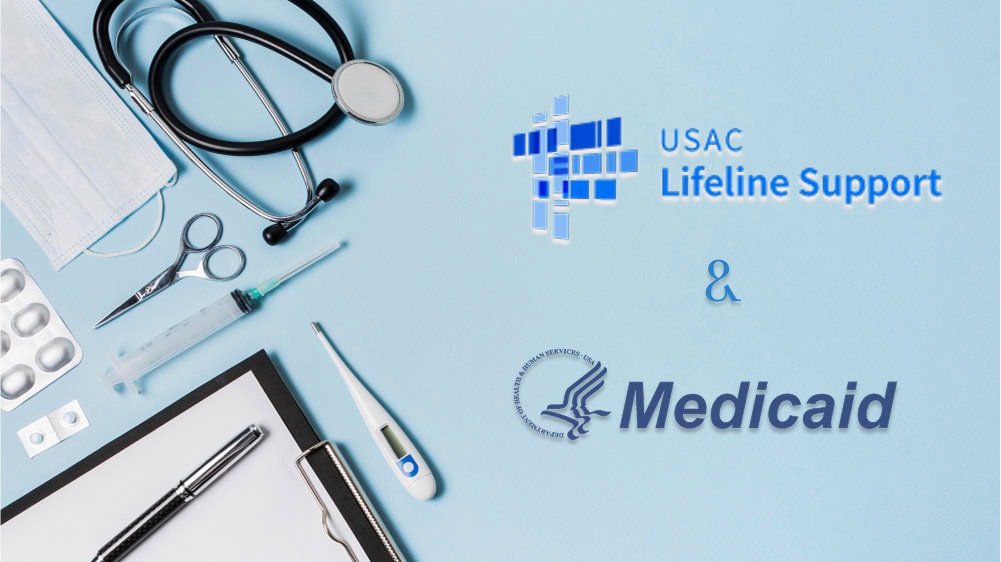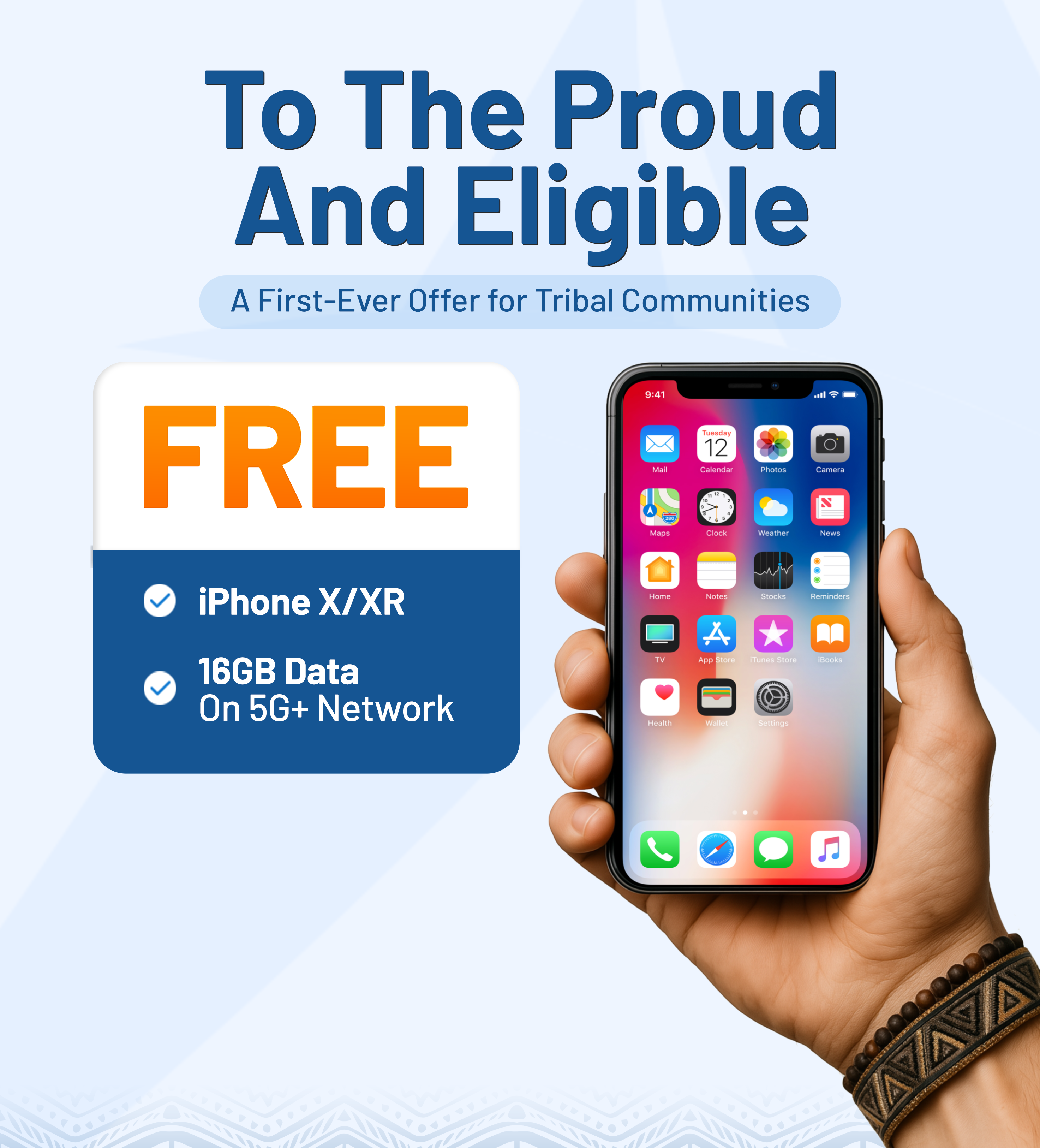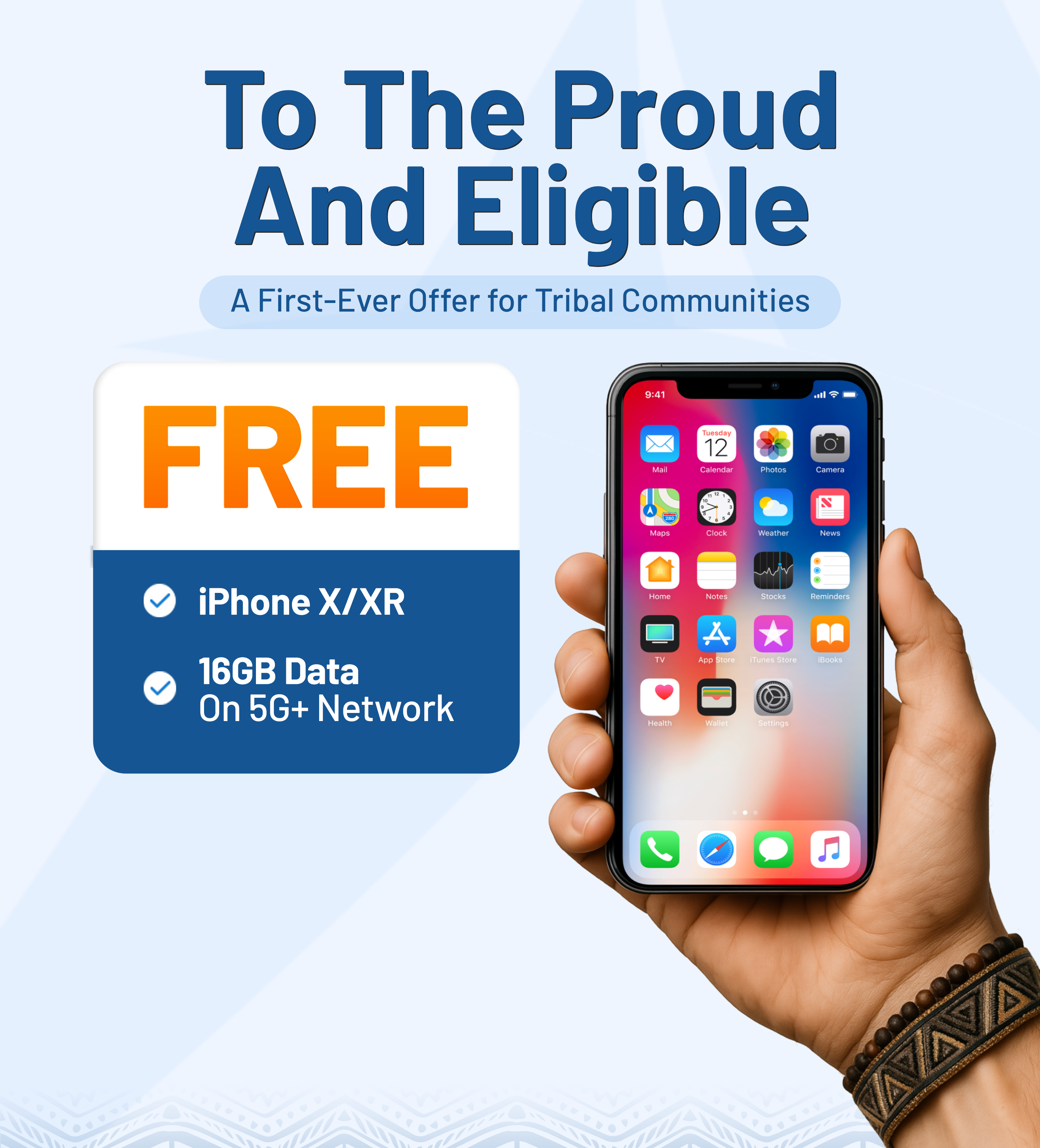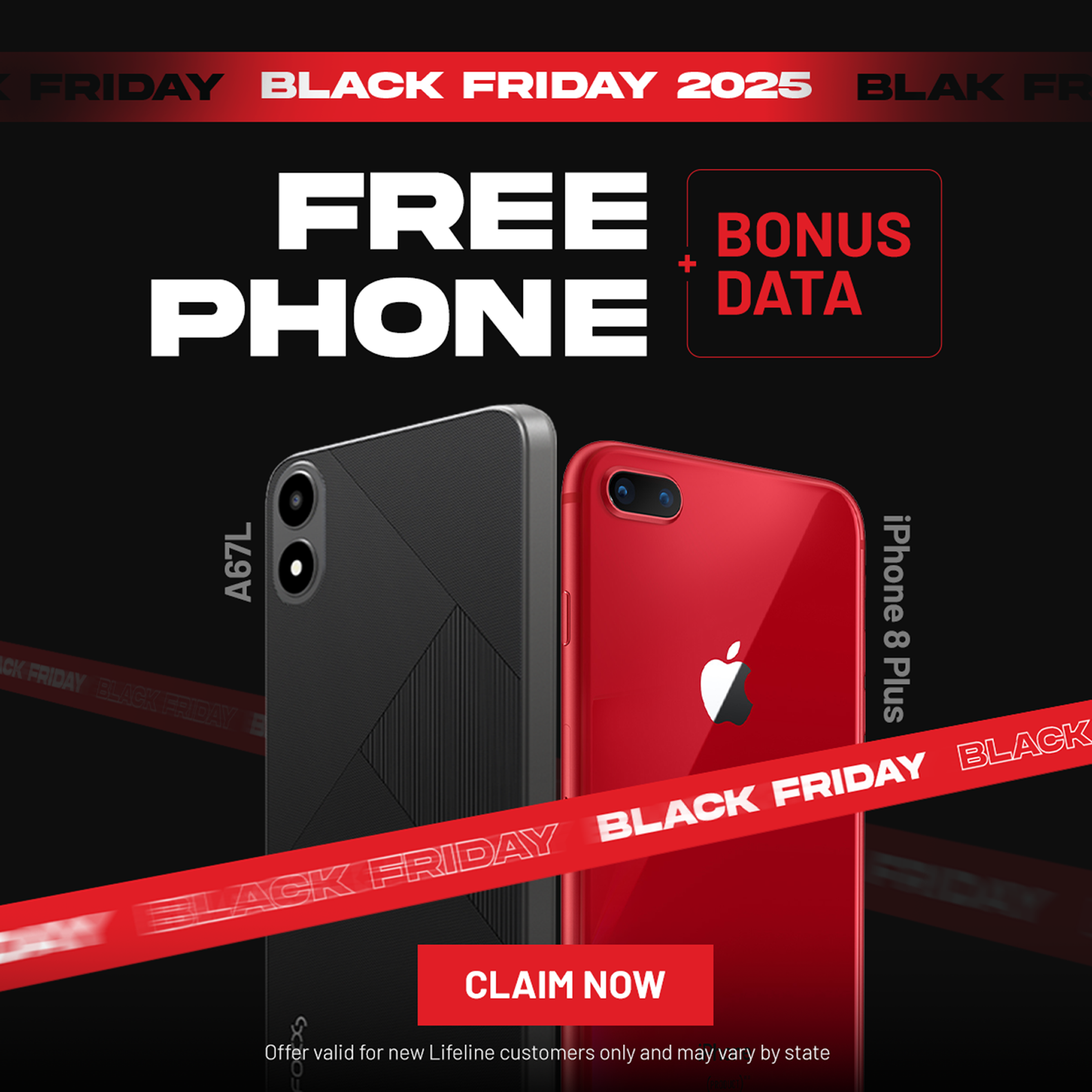When navigating the healthcare system, especially something as complex as Medicaid, it’s easy to feel hard, especially if you’re applying for the first time. This can lead to avoidable errors and delays in getting coverage.
And when it comes to something as important as health insurance, you don’t have to figure it out alone. Here’s a clear guide on how to apply for Medicaid NY. By being aware of common pitfalls and staying informed about New York’s specific rules, you can apply for the program and avoid the mistakes.
1. What Is Medicaid in New York?
Medicaid is a public health insurance program that helps eligible low-income individuals and households access necessary medical care. Funded jointly by the federal and state governments, the program provides coverage for a wide range of healthcare services.
Rather than giving cash to enrollees, Medicaid pays healthcare providers directly for approved services. In some cases, recipients may be required to pay a small co-payment, but most services are free for eligible customers.
New York’s Medicaid program covers children, pregnant women, seniors, individuals with disabilities, and adults under a certain income level. Eligibility is based on a combination of income, household size, and other factors. If you meet these requirements, Medicaid offers essential health coverage at little to no cost.
As of March 2025, the most recent month with available data, New York reported 5,905,752 individuals enrolled in Medicaid and a total of 6,585,835 enrolled in both Medicaid and CHIP combined.
>>> Check more: The Difference Between Medicare and Medicaid

2. What Qualifies Someone for Medicaid in NY?
Generally, to qualify for Medicaid in New York, you must meet certain requirements related to income, residency, and household situation. The state uses Modified Adjusted Gross Income (MAGI) rules for most applicants, which are based on federal IRS income rules with some state-specific adjustments.
You may qualify under MAGI if you are:
- An adult aged 19 to 64 who is not eligible for Medicare
- A child (1–18 years old) or an infant (under 1 year)
- A pregnant individual
- A parent or caretaker relative (any age, even if on Medicare)
You may qualify under non-MAGI rules if you are:
- 65 or older and not a parent or caretaker
- Blind or disabled and not eligible under the MAGI groups
- Living in certain adult care facilities
- Eligible for special programs, such as: Medicare Savings Program (MSP), Medicaid Buy-In for Working People with Disabilities, AIDS Health Insurance Program (AHIP), COBRA assistance, and Foster care/former foster youth
Your income and the number of people in your household will be important in determining if you’re eligible for Medicaid NY. Other factors, such as your immigration status and whether you live in New York State, also play a role.
Be sure to check the detailed income requirements and eligibility guidelines for your category at your local Department of Social Services or through the NY State of Health website.
(Also, keep in mind that Medicaid policies differ from state to state; for example, California’s Medi-Cal program is different from New York’s Medicaid.)
3. How to Apply for Medicaid in NY
The easiest way to find out if you qualify for Medicaid is just to apply. You can apply for Medicaid in NY through several options:
- NY State of Health
- A Managed Care Organization (MCO)
- Your Local Department of Social Services (LDSS)
If you qualify under MAGI, you should apply through the NY State of Health website. But if you think you may qualify under non-MAGI rules, you should apply through your local Department of Social Services (LDSS) or with a Facilitated Enroller.
If you’re not sure which one is right for you, assistance is available to guide you. People may be asked to provide documents, such as proof of income or residency, during the application process.
New York expanded Medicaid to include certain undocumented immigrants aged 65 or older in 2024 (This expanded coverage includes doctor visits, screenings, lab tests, prescriptions, and more):
If you already have Emergency Medicaid, you’ll automatically be enrolled and will receive a letter telling you to choose a Medicaid health plan.
If you don’t have insurance yet, you must first apply for Emergency Medicaid through your local Department of Social Services or the NYC Human Resources Administration. After you are approved for Emergency Medicaid, you will be enrolled in Expanded Medicaid.

4. Which Medicaid Plan is Best in NY?
New York’s Medicaid provides a wide range of health services to eligible residents. While most services are covered, what you receive may depend on your age, income, living situation, or other factors. Some services may require a small co-payment.
Here are some of the services Medicaid may cover:
- Doctor and dentist visits, including routine and preventive care
- Hospital care (both inpatient and outpatient)
- Lab tests and X-rays
- Prescription medications and medical supplies
- Home health care and personal care services
- Nursing home care
- Prenatal and maternity care
- Family planning and reproductive health services
- And more.
If you’re eligible for Medicaid in NY, you’ll receive a Benefit Identification Card, which you’ll use to access these services.
Medicaid Managed Care:
If you join a Medicaid Managed Care plan, your healthcare will be provided through a network of doctors, clinics, and hospitals. You’ll choose a Primary Care Provider (PCP) who will coordinate your care. Most services are covered under the plan, and you may still use your Medicaid card for services the plan doesn’t cover.
Why might people struggle to pick the right plan?
- They don’t know which doctors or hospitals are in-network.
- They’re unsure if their prescriptions will be covered.
- They aren’t aware that their current provider may not accept certain plans.
- They’re confused by the variety of plan options.
- They don’t realize some services might still require using their Medicaid card.
Plans may differ in terms of:
- Doctors and hospitals in their network
- Prescription drug coverage
- Customer service and satisfaction
To make the best choice, consider asking your current doctor which plans they accept, checking if your medications and preferred pharmacy are covered, and making sure the plan includes providers close to where you live.
If you don’t pick a plan within 10 days after qualifying, one will be assigned to you.
Special Programs:
If you’re living with HIV, you may be eligible for an HIV Special Needs Plan (SNP), which offers specialized care.
5. How Long Does It Take to Get Approved for Medicaid in NY?
The time it takes to get approved for Medicaid in New York depends on your situation. Most applicants will receive a decision within 45 days from the date they apply. If you are pregnant or applying for children, a decision should be made within 30 days.
Once a decision is made, you’ll receive a letter letting you know whether your application was accepted or denied.

6. Common Medicaid Application Problems in NY
Many people experience issues when applying for Medicaid in New York. These problems can delay approval or even lead to denial, even when the applicant may still qualify. If you’re having trouble with your application, help is available. You’re encouraged to reach out for assistance to make sure you get the coverage you need.
Delays and stalled applications
Many Medicaid applicants never experience delays, while some find their applications stalled for weeks or months with little communication.
It’s a good idea to follow up regularly with NY State of Health, especially if it’s been a while without updates. You can also contact a local Enrollment Assistor or your Local Department of Social Services to help move things forward.
Besides, make sure your mailing address, email, and phone number are always up to date in your account to avoid missing any important notices. Don’t forget to look in your spam or junk folders for emails you might have missed.
Incomplete documents
If your Medicaid application has been delayed or denied, one common reason is missing or incomplete documents, such as proof of identity, income, residency, or immigration status.
To avoid delays, carefully review what’s required before submitting your application. If you need help figuring out what to submit, contact NY State of Health, your local Department of Social Services, or a certified Enrollment Assistor.
Wrong or old information in the system
If you believe the system has inaccurate details, you are absolutely within your rights to call NY State of Health or your local Medicaid office and request an update. In some cases, you’ll need to provide proof, such as updated immigration paperwork.
Review your application carefully before submitting.

Renewing Medicaid
Renewing your Medicaid coverage each year is essential to avoid losing benefits. But if you miss renewal deadlines or fail to respond to important notices just because you might not see the message, that can be an unfortunate mistake.
Don’t ignore renewal reminders. Please watch for renewal notices in the mail or email, and complete the process as soon as possible.
Applying too early (While you still have income)
Medicaid eligibility is based on your current income. If you’re still receiving paychecks, wait until your income has officially dropped to Medicaid-eligible levels before applying. Applying too early often leads to denial, and you’ll need to reapply when your income meets the requirements.
Canceling your existing coverage before applying for Medicaid
Some mistakenly believe they must cancel their current health insurance before applying for Medicaid.
If you currently have insurance, such as Medicare, employer-based coverage, or COBRA, you may still qualify for Medicaid. In fact, Medicaid can sometimes help pay for your existing plan, especially if you can’t afford it on your own. This also applies to certain groups, such as individuals living with HIV/AIDS.
So, do not cancel your current insurance before applying. Instead, submit a Medicaid application and ask if you qualify for premium assistance or help covering other insurance costs. It’s the safest and smartest way to protect your coverage.
>>> Check more: Dual Eligibility – Who Is Eligible for Both Medicare and Medicaid?
Believing you don’t qualify for Medicaid in NY because your income is “too high”
Many people assume they’re automatically disqualified from Medicaid NY if their income is just above the limit. However, even if your income is higher than the limit, you may still qualify, especially if you:
- Are under 21
- Are over 65
- Are pregnant
- Are blind or disabled, or a parent/caretaker of a child under 21
In many of these cases, you can qualify through the Excess Income Program, which allows you to spend down your income on medical bills to meet eligibility. This program works much like a deductible: if your income exceeds the Medicaid limit, but you have medical expenses equal to that excess, Medicaid may cover your remaining bills for the month.
Just apply and ask about the Spend-down option if your income is above the limit.
Website errors
When applying for Medicaid through the NY State of Health website, you sometimes encounter technical issues. Buttons like “Review Plan Selection” may not work, for example, particularly when using a mobile phone.
Try using Google Chrome on a desktop or laptop, as the site tends to perform better on those devices. Also, try to apply during business hours
7. Can I Get a Free Phone with Medicaid in NY?

In fact, if you’re on Medicaid, you may also be eligible to receive a free government phone or device through the Lifeline program, which is available through certain providers like AirTalk Wireless.
Here’s how it works:
Medicaid is the most popular program that qualifies you for Lifeline, a federal benefit program that helps low-income individuals access phone and internet services.
If you or someone in your household participates in Medicaid, you can apply for a Lifeline plan and receive a free smartphone, tablet, or even a smartwatch, depending on availability in your area.
To apply with AirTalk Wireless, follow these general steps:
- Visit the AirTalk Wireless website and enter your ZIP code to check availability.
- Choose a Lifeline plan; options range from standard to premium, with some plans offering more data or faster speeds.
- Select your device from the list of free phones available in New York.
- Upload proof of eligibility if needed (such as your Medicaid card or award letter).
- Wait for approval; if accepted, your device will be shipped directly to you for free.
Conclusion
Applicants need the right knowledge to get approved without setbacks. If you’re serious about getting coverage, start by educating yourself early and approach the process with clarity and care.


